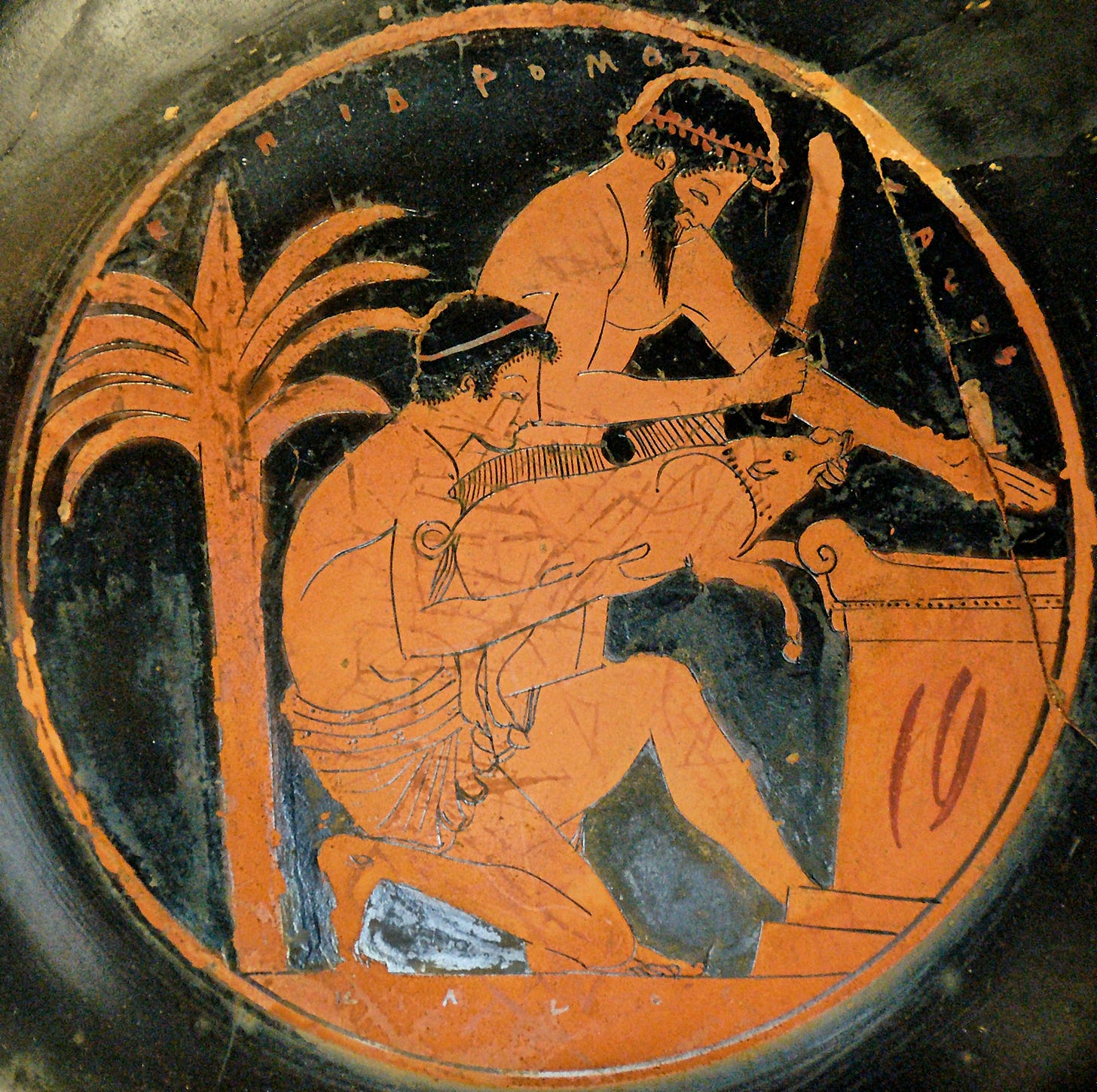by JUSTIN E. H. SMITH

In her influential 1971 article, “A Defense of Abortion”,[1] the philosopher Judith Jarvis Thomson deploys a number of outlandish thought experiments. Among them is the story of a woman much like herself who gets kidnapped and, on awakening, finds she is attached by complicated life-support apparatuses to a great violinist. Her kidnappers explain when she awakens that she happens to be just so physiologically constituted as to be necessary for the violinist’s survival, and surely she agrees it is important to keep this rare musician alive, does she not? If she gets up and walks away, he will die; if she stays attached to him for nine months, they will both live. But, they acknowledge, she is of course free to go.
This particular scenario is one that Thomson only invokes in the course of making another point about another category of human beings than frail adult violinists, and yet it is a passing remark about his dependency on her that has preoccupied me the longest and most profoundly: we all agree, she reasons, that the person attached to the violinist is free to get up and leave, but she is not free to slit the violinist’s throat before going. Why not? The effect is the same in both cases —the violinist dies— and indeed a case could be made that killing him swiftly is more merciful than letting him die slowly.
Slitting the other’s throat, or walking away: these two gestures might stand as exempla for the two most basic categories of violence. We all know what the first kind is, while the latter cries out for a listing of instances. Within “walking away”, we might include what is today often called “structural violence”: state policies that compel citizens and refugees to sleep in the freezing streets, for example, and surely also my own habitual refusal to bring those people into my own warm home for the night, instead remaining hidden behind the literal structures of my apartment building’s walls. Most of us agree that “living high and letting die”, to cite the title of an important book by the moral philosopher Peter Unger,[2] is unjust, but that if it is to count as violence this is only in an attenuated sense. We might have to concede by force of reason that it is indeed violence, even if we continue to suppose by force of feeling that throat-slitting remains much more paradigmatically so.
But there is also a possible third species of violence, of increasing interest over the past decade or so, and difficult to place neatly within either of the first two. This is the violence that is purportedly done by words, or even, sometimes, by the withholding of words. “White Silence Is Violence”, for example, has been one of the more enduring slogans of the Black Lives Matter demonstrations of 2020. Affirming standard dictionary definitions can also be met with an accusation of violence, as when gender-critical feminists (to use the relevant actors’ category) venture that “A woman is an adult human female”, and are told in response that this amounts to a “denial of trans people’s existence”, and is, therefore, violence.
Justin E H Smith for more
